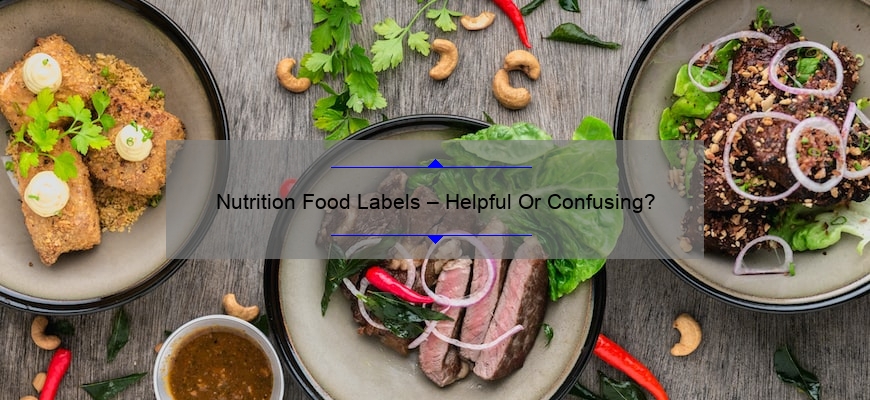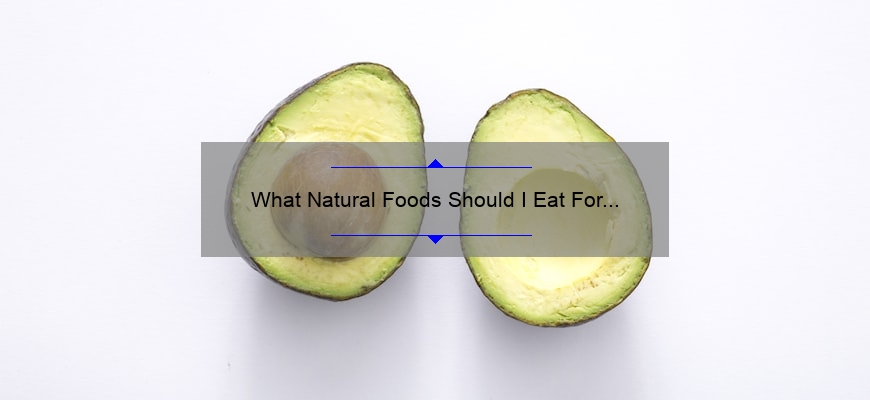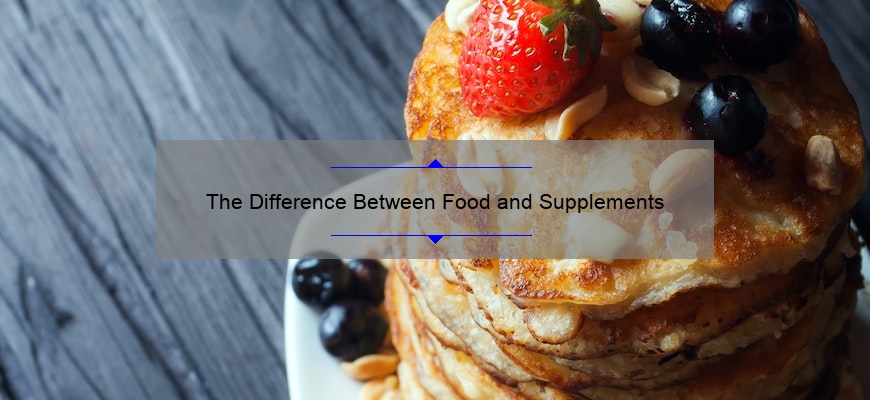Nutrition food labels are used to provide consumers with information on nutrients in foods and how those nutrients affect their overall health. The FDA regulates the terms used on the label. Although the information in the title is valuable, it is essential to remember that the brand can also mislead consumers about the health benefits of different foods.
Serving size
You may have noticed that the serving size on nutrition food labels has changed. The new brand will show the serving size in ounces instead of cups. The title will also include the recommended and total serving sizes. These measurements are based on typical consumption. You may be surprised that one serving of food may be more than one cup.
A serving size is essential information on a nutrition food label. While you should never eat more than one serving of food, you must understand that the amount listed on the label may be more than what you need. The FDA defines reference amounts based on research on how people eat. However, people’s eating habits have changed over the years. Many people now consume larger servings of popular foods.
Nutrition Facts labels include the serving size as well. This information helps you determine whether a particular food is healthy for you. Most packaged food is labeled with this information. The serving size is based on how much a typical person consumes daily. It is not a recommendation.
The serving size is shown right underneath the Nutrition Facts title. It is listed as a bold line under the serving size. This information is easy to read and refer to if you’re wondering how much to eat. For example, if a serving size is listed as one cup, you’d have to eat two cups to get the same amount of calories, fat, and nutrients.
The new Nutrition Facts labels include the serving size. The serving size is more prominent than before. This will help you manage your goals and make healthier choices at mealtime. For more information, Stephanie McInerney, clinical nutrition specialist at USC and patient service manager at Keck Hospital of USC, offers five tips on reading and using nutrition labels to improve your health.
Information on micronutrients
Nutrition food labels contain important information about the vitamins, minerals, and other nutrients that can improve a person’s health. The amount of each nutrient is presented on the label in grams or milligrams, and the Daily Value is given as a percentage of the recommended daily allowance. This helps consumers compare foods.
Before 1990, no law required manufacturers to provide nutritional information on packaged foods. This changed in 1994 and 2016. The new nutrition label focuses on serving size, calories, fat, and added sugars. The new brand also includes the number of micronutrients in milligrams. The new title emphasizes essential nutrients and removes those that are not as important.
Food labels also list the number of micronutrients and macronutrients in each serving. Macronutrients are the body’s primary energy sources, and micronutrients are foods’ vitamins, minerals, and phytochemicals. The first nutrient listed on a nutrition label is fat. There are three fat types: saturated, monounsaturated, and polyunsaturated. Saturated fats should be limited. Monounsaturated fats are healthy fats found in foods like peanut butter and avocado.
% Daily Value (%DV)
The %DV on nutrition labels tells you how much of a particular nutrient you’ll get in a single serving. The lower the number, the less saturated fat, sodium, and sugar you’ll get. The higher the number, the more fiber, and vitamins you’ll get. These values are based on 2,000 calories per day, but your needs will differ. Your calorie needs are also influenced by age, gender, and activity level.
%DV is also used to compare the amount of nutrient content in different food categories. For example, low-sodium foods have 140 milligrams or less of sodium per serving, while high-in-nutrient foods contain 20 or more of the Daily Value of a nutrient. Consuming various high-nutrient foods can help you maintain your healthy weight and reduce your risk of developing chronic diseases, such as high blood pressure and heart disease.
While reading a nutrition food label may seem intimidating, %DV is a valuable tool to use when making dietary decisions. It makes it easier to compare different foods and make informed choices. Just make sure to compare serving sizes as well. Then, choose foods with a higher %DV to ensure that your diet contains the proper nutrients.
For example, a snack that contains two grams of saturated fat is only 10% of your recommended daily saturated fat intake. However, if you are comparing similar foods, you can use the %DV on a nutrition food label to compare the amount of saturated fat in each snack. Similarly, a high-calorie bar may have more saturated fat than your daily allowance.
Ingredients list
When shopping for packaged food, you should always pay close attention to the ingredients list. Many ingredients are listed by weight or ranked in order of predominance. The ingredients list may also include unfamiliar terms such as preservatives, colors, thickeners, or the scientific names of vitamins and minerals. It would help if you also looked for added sugars, which may have various alternative names. These sugars are essentially varying combinations of fructose and glucose.
The ingredients list lists all ingredients present in the food. It is listed by weight, with the essential elements listed first. The ingredients list is a valuable tool for identifying food composition and is especially helpful for people with food sensitivities or allergies or who have religious or dietary restrictions.
The ingredients list can also help identify foods high in sodium. Some processed foods contain high sodium levels, which can harm your health. Similarly, some foods contain high levels of saturated and trans fats. Determining the amount of sodium and other fats in food can be confusing.
When reading nutrition food labels, always read the first three ingredients. The first ingredient should be healthy whole food. Once you have identified the first three, you can scan the other ingredients to understand the food’s overall nutritional profile better. You can also look for a “clean label” label with fewer and simpler ingredients. However, it doesn’t mean the food is healthy.
Food manufacturers must also list common allergens, such as milk and egg. These must be listed on the nutrition food labels, including any additives based on a particular allergen. Food Standards Australia and New Zealand published a list of food additives essential for people with allergies. Food additives include artificial colors, preservatives, and flavor enhancers. If you have concerns about a particular allergen, you should consult with a dietitian or physician.
Revision of nutrition facts panel
The FDA has released a final rule to revise the nutrition facts panel on food labels. While some changes are noncontroversial, others have sparked debate. This article reviews significant changes and flags stakeholder concerns. It will be helpful to know what the new label design looks like and how it will impact consumers.
The revision will include updated nutrition information and a new format for the label. It will reflect changes in public health and nutrition science. The proposed rules will also update the labeling requirements for foods in different serving sizes. The changes will take effect by 2020. The revision is intended to make it easier for consumers to understand the nutrition information on food labels.
The panel’s information should reflect new research to help consumers make better diet decisions. The table should also include serving sizes to make it easier for consumers to compare prepackaged foods. The nutrition facts panel should help consumers make healthier choices and reduce disease risk. A recent survey from the FDA found that 87% of U.S. adults have reviewed the nutrition facts panel.
The new nutrition facts panel will include information about added sugars. This information will appear on a separate line below Total Sugars. The amount of added sugars should not exceed 50 grams per day. Another change is that the new panel will list a food’s potassium and vitamin D content.
The FDA is proposing new guidelines for nutrient disclosures. Its final rule will change the reference values for several nutrients. Since the introduction of the original food label in 1993, many changes have been made in nutrient recommendations. The new nutrition facts panel will reflect the updated nutrient recommendations for food. The new board will eliminate the need for footnotes to explain DVs. However, the new committee will still include the % DVs based on the updated levels.



